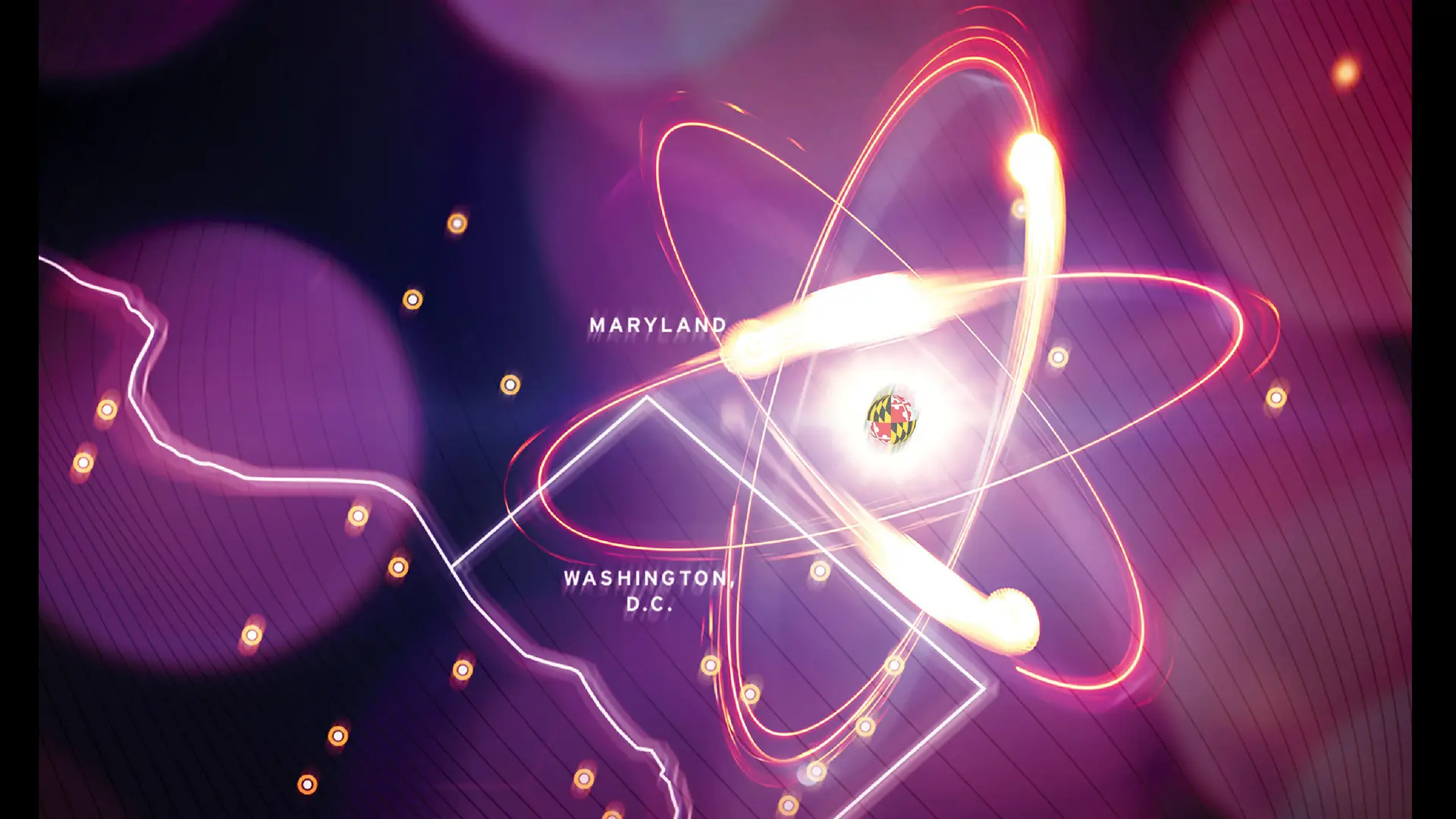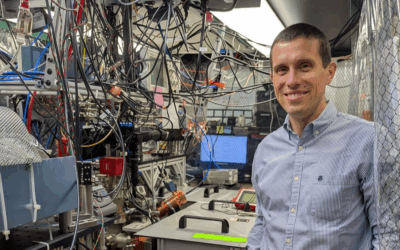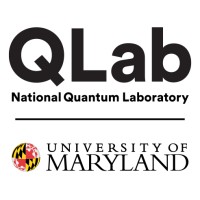Maryland Governor Wes Moore is determined to establish Maryland as a key contributor to quantum advancements. The Glenn L. Martin Wind Tunnel is serving as a hub for quantum testing that will ultimately lead to the deployment of a quantum computer. This new technology will not only aid in protection against cyber attacks but also advancements for pharmaceuticals, networking, and more.
There are also plans to expand the National Quantum Laboratory at Maryland (QLab) which provides an opportunity for researchers from around the world as well as UMD students and others to access IonQ’s quantum computing technology and interact with its experts. Former UMD quantum scientist Norbert Linke, who helped develop trapped-ion computing, will return to the university this fall to serve both as QLab director and a professor of physics.
The QLab is a node on Mid-Atlantic Region Quantum Internet (MARQI), which was designed by Professor Edo Waks and Tripti Sinha, assistant vice president and chief technology officer with the Division of Information Technology. With funding from NSF, it has more than 2 kilometers of fiber optic cable that extend across UMD, serving as a testbed for quantum networking technologies that will enable the transmission of quantum information using current “classical” Internet infrastructure.
“The Internet has proven the power of aggregation and distribution by networking resources, and we believe we can build on quantum computing the same way,” Sinha says. “It’s still in the future, but the University of Maryland could be poised to be the first place where quantum computers communicate on a network.”
Read more in Maryland Today!



